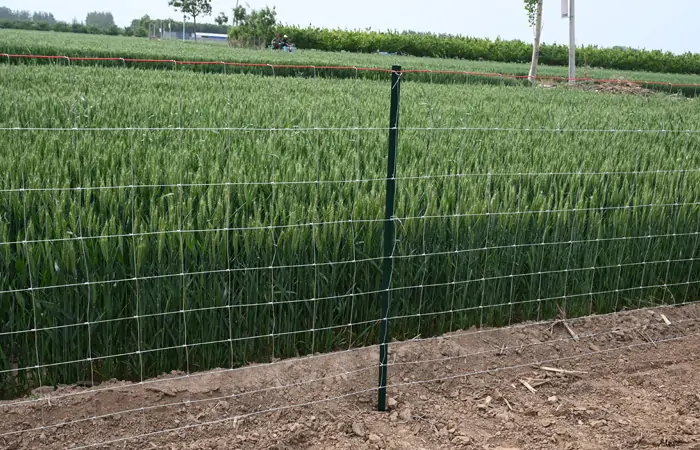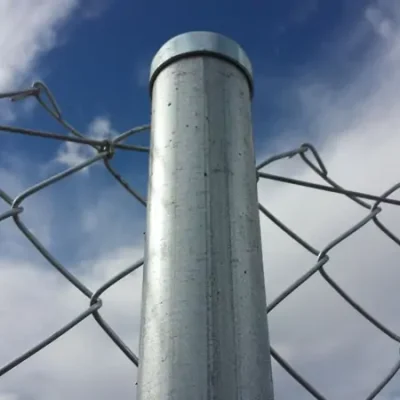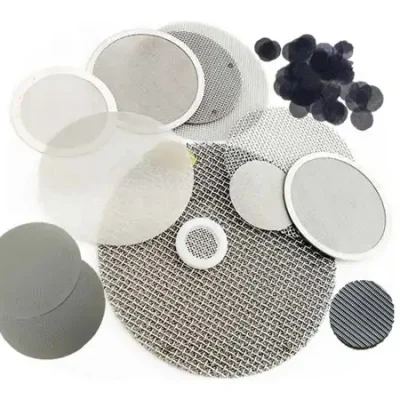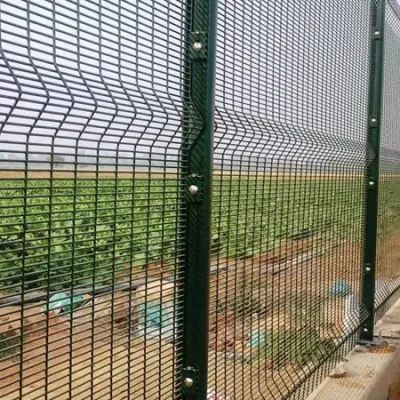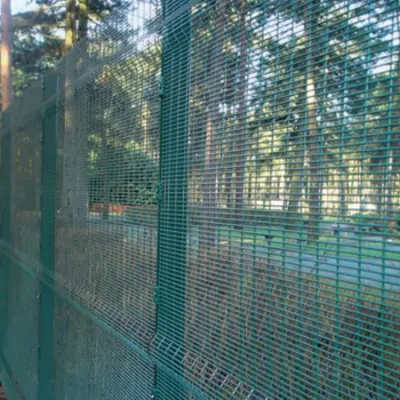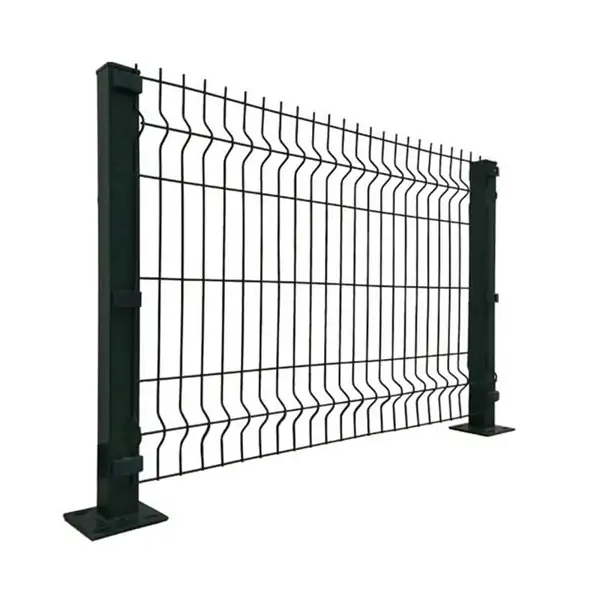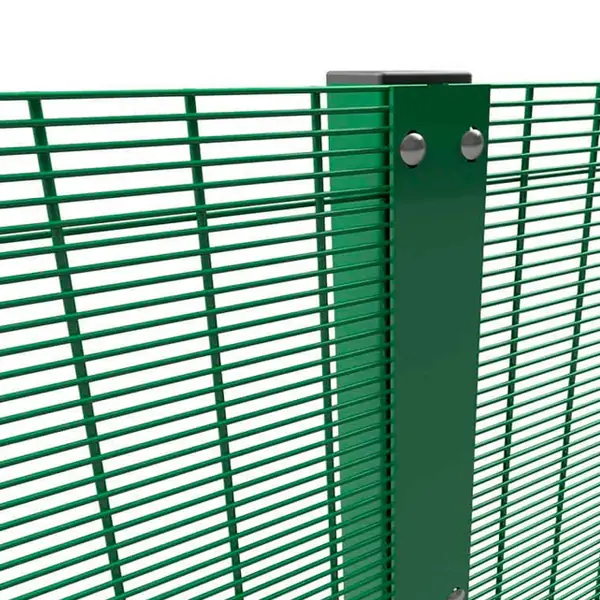When it comes to installing a fence, one of the most crucial steps is getting the fence post spacing right. While it may seem like a minor detail, incorrect spacing can lead to a variety of problems, including sagging, leaning, or even collapsing fences. Proper fence post spacing ensures your fence is strong, durable, and aesthetically pleasing, so it’s essential to understand the key principles behind it. This guide will take you through everything you need to know about fence post spacing, from basic concepts to step-by-step installation techniques, helping you achieve a secure and lasting fence.
Table of Contents
ToggleWhy Fence Post Spacing Matters
At first glance, it might seem like the only purpose of fence posts is to hold up the fence panels. While that is true, their spacing plays a much larger role in the overall stability of the structure. The space between each post supports the entire weight of the fence, which includes the fence panels, any wind resistance, and even the effects of weathering over time.
If the posts are too far apart, the fence will lack the support it needs, leading to sagging or leaning. On the other hand, posts that are too close together can cause unnecessary strain and result in a fence that is harder to install and maintain. Correct spacing ensures a balance between strength, durability, and cost-effectiveness, ensuring that your fence will remain secure for years to come.
Who Needs This Guide?
Whether you’re a homeowner looking to install a new fence, a DIY enthusiast planning your next project, or a contractor handling client installations, understanding fence post spacing is essential. This guide is designed to provide practical tips and knowledge, so no matter your skill level, you’ll be able to achieve the best results.
Understanding Fence Post Spacing
What is Fence Post Spacing?
Fence post spacing refers to the distance between each individual post in a fence installation. Proper spacing is essential for the structural integrity of the fence, as it determines how well the posts can support the weight of the materials used for the fence, whether they’re wooden, metal, or vinyl.
When determining fence post spacing, a variety of factors need to be considered, including the type of fence, the material of the posts, the terrain, and the height of the fence. These factors all play a role in determining the optimal distance between each post.
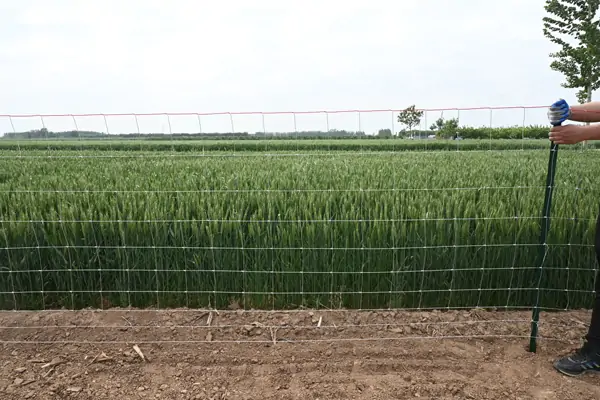
Importance of Correct Spacing
Correct fence post spacing is important for several reasons:
- Durability: Properly spaced posts provide the necessary support to keep your fence upright, even in harsh weather conditions.
- Stability: Correct spacing helps distribute the weight of the fence evenly, preventing bending or warping of panels over time.
- Aesthetic Appeal: Well-spaced posts make the fence look more uniform and professional, enhancing the overall appearance of your property.
Factors That Affect Fence Post Spacing
Several factors influence how far apart your fence posts should be. These include:
Type of Fence
Different fence types have different spacing requirements:
- Wood Fences: For wooden fences, spacing is typically 6-8 feet between posts. This spacing works well for most common fence designs, such as privacy and picket fences.
- Chain Link Fences: Chain link fences tend to have larger spacing requirements, with posts usually spaced 8-10 feet apart.
- Vinyl Fences: Vinyl fence posts are generally spaced about 6-8 feet apart, similar to wood fences, but it’s important to check the manufacturer’s recommendations, as vinyl is more flexible.
- Metal Fences: For metal fences, including wrought iron or tubular steel, the posts are typically spaced 8-25 feet apart to support the weight of the panels.
Material of the Fence Post
The material used for the fence posts can also impact spacing. Wooden posts may require closer spacing due to their lower strength compared to metal or concrete posts. On the other hand, concrete or metal posts are much stronger and can support greater distances between them without compromising the integrity of the fence.
Terrain and Soil Type
The type of ground you’re installing the fence on plays a crucial role in determining the spacing. For example, if you’re installing a fence on soft, loose soil, you may need to place the posts closer together to ensure they’re adequately supported. Similarly, on hard, compact soil, posts can be spaced further apart, as the posts will have a firmer grip.
Height of the Fence
Higher fences require more support. As a rule of thumb, taller fences should have posts placed closer together to provide extra stability. If your fence is particularly tall, say 8 feet or higher, you may want to reduce the spacing to 4-6 feet to prevent it from leaning or sagging over time.
How to Calculate Fence Post Spacing
Standard Spacing Guidelines
While specific recommendations can vary depending on the type of fence and its material, the general rule of thumb is to space fence posts between 6 and 8 feet apart. However, these distances may change based on the factors listed above. Here’s a general breakdown:
- Wood Privacy Fences: 6-8 feet between posts.
- Chain Link Fences: 8-10 feet between posts.
- Vinyl Fences: 6-8 feet between posts.
- Metal Fences: 8-25 feet between posts.
Using Mathematical Formulas for Spacing
To calculate the optimal spacing for your fence posts, you’ll need to know the width of your fence panels or sections. Here’s a basic formula you can use:
- Measure the length of your fence line.
- Divide the length by the desired post spacing. (For example, if your fence line is 100 feet long and you want to space posts 8 feet apart, divide 100 by 8 to get 12.5 posts.)
- Adjust for partial posts at the ends. (If you end up with a fraction, round up or down as necessary.)
Tools and Equipment Needed for Accurate Spacing
To ensure your fence posts are properly spaced, you’ll need the right tools:
- Measuring Tape: To accurately measure distances between posts.
- Post Spacing Template: This tool helps you maintain uniform spacing by marking post locations.
- Level: Ensures posts are upright and aligned properly.
- String Line: A string line helps you keep posts aligned in a straight line.
Mistakes to Avoid When Spacing Fence Posts
While it might seem straightforward, many people make mistakes when spacing their fence posts. Avoid these common errors:
Too Much or Too Little Space Between Posts
Spacing your posts too far apart can lead to sagging or collapsing, while spacing them too closely can result in an unnecessarily heavy structure that’s harder to install and maintain. Always follow recommended spacing guidelines based on your fence type.
Ignoring the Terrain
Failing to adjust your spacing for uneven or sloping ground can cause your fence to lean or look uneven. Make sure to adjust your post spacing to account for changes in elevation.
Overlooking the Material’s Strength
Not considering the strength of your fence material can lead to issues. For example, vinyl and wooden posts often need closer spacing than metal posts. Be sure to check the manufacturer’s guidelines for the material you’re using.
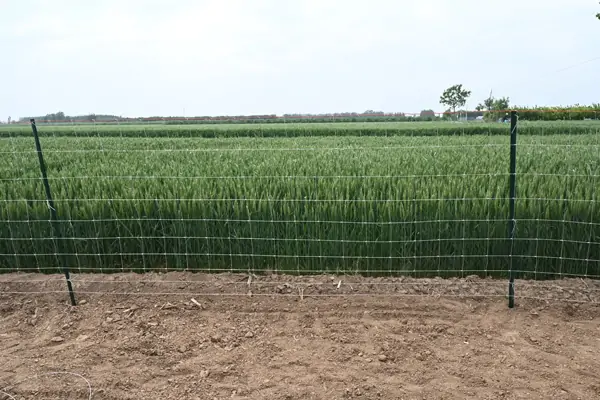
Adjustments for Unique Situations
Sloped or Uneven Ground
If your fence installation site is sloped or uneven, you’ll need to adjust your post spacing. One common method is to use longer posts for higher points and shorter posts for lower areas. You may also need to space the posts closer together to prevent the fence from becoming uneven or sagging.
Wide Gates or Special Features
When installing gates or special features, such as corner posts or curved sections, you may need to adjust your post spacing. Gates require additional support, so posts around gates should be spaced more closely to ensure they can support the weight of the gate over time.
High Winds or Severe Weather Conditions
In regions prone to high winds, it’s essential to ensure that your posts are spaced closer together to add extra stability. Use stronger materials, such as steel or concrete posts, to prevent the fence from being damaged during storms.
Step-by-Step Guide to Installing Fence Posts with Correct Spacing
Preparing the Site
The first step in proper fence post installation is preparing the site. Measure the length of your fence line, mark the spots where the posts will go, and ensure the ground is level. If you’re working on uneven ground, mark the highest and lowest points to account for changes in elevation.
Installing the Posts
Once the site is prepared, begin by digging the post holes. The depth of the hole should be at least one-third the height of the post. For instance, if your fence is 6 feet tall, your post holes should be at least 2 feet deep.
Place the post into the hole and ensure it is plumb (perfectly vertical). Fill the hole with concrete or gravel to secure the post in place. Allow the concrete to cure before moving on to the next post.
Final Checks
Once the posts are installed, check the spacing again to ensure consistency. Make any necessary adjustments before installing the fence panels. This will help maintain a uniform look and ensure the fence is sturdy.

Tools and Materials for Proper Fence Post Installation
Essential Tools
To install your fence posts correctly, you’ll need the following tools:
- Shovels or Post Hole Diggers: For digging the holes for the posts.
- Measuring Tape: To measure accurate distances between posts.
- Post Level: Ensures that each post is upright and straight.
- Concrete or Gravel: For setting the posts securely.
Recommended Materials
Choose high-quality materials for both the posts and the fence panels. Common options include:
- Wooden Posts: Affordable and widely available, but less durable than other materials.
- Metal Posts: Durable and long-lasting, perfect for chain link or metal fences.
- Concrete Posts: Strong and weather-resistant, ideal for heavy-duty installations.
Maintaining Proper Spacing Over Time
Regular Inspection
Regularly check your fence for signs of shifting or damage, especially after extreme weather events. If you notice that posts are leaning or shifting, it might be necessary to re-space them or reinforce the structure.
Repairing Issues
If you notice that the posts are leaning or sagging, consider adding additional support or re-spacing the posts. In some cases, you might need to replace posts entirely.
Conclusion
Proper fence post spacing is one of the most important elements of a successful fence installation. By following the guidelines in this guide, you can ensure that your fence remains strong, durable, and visually appealing for years to come. Whether you’re a DIYer or a seasoned contractor, the right spacing will make all the difference in the final result.
If you have any further questions about fence post spacing or installation, feel free to reach out to a professional or consult additional resources. With the right tools and knowledge, you’ll be able to install a fence that’s both functional and long-lasting.

